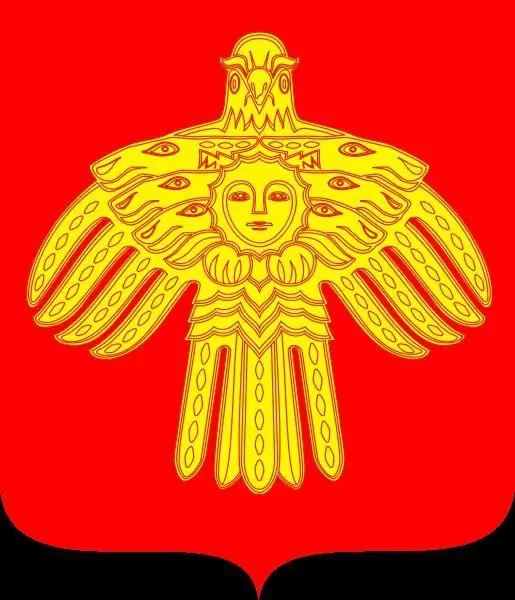- Author Harold Hamphrey [email protected].
- Public 2023-12-17 10:06.
- Last modified 2025-01-24 11:10.
The capital of Kyrgyzstan - Bishkek - is the largest city in the republic. It is a special administrative unit.

The capital of Kyrgyzstan is located in the northern part of the republic: in the Chui valley at the foot of the Tien Shan mountains. The distance from Bishkek to the Kazakh border is 25 kilometers.
The capital of Kyrgyzstan dates back to the 7th century. In those distant times, it was a settlement called Dzhul, which means "Blacksmith's Fortress" in translation. At the beginning of the 19th century, the Kokand fortress Pishpek appeared here, in which the largest garrison of the Chui valley was stationed. Subsequently, Pishpek was conquered twice by Russian troops. As a result, in 1862 the fortress was destroyed, and two years later a Cossack picket was formed in its place, which later grew into a village, and in 1878 received the status of a city. In 1925, Pishpek received the status of the administrative center of the Kyrgyz Autonomy, and a year later it was renamed Frunze. The city received a new name in honor of its famous native Mikhail Frunze, who wasSoviet military leader. Since 1936, Frunze became the capital of the Kirghiz SSR. After the country gained independence from the USSR in 1991, the capital of Kyrgyzstan was renamed the city of Bishkek.

At the moment there are two versions of the origin of the modern name of the capital. According to one of them, the city owes its name to the mythical Bishkek-Batyr, who, according to legends and legends, opened the first big bazaar here. Another version claims that the name comes from the consonance of the words Pishkek and Bishkek, which in translation from the Kyrgyz language means "a stick for stirring koumiss".
Museums can be attributed to the main city attractions, the most famous of them are the Frunze Museum, the Historical Museum, and the Museum of Fine Arts. There are several theaters in the city.
The ethnic composition of Bishkek until the middle of the 20th century included mainly the Russian-speaking population. But then the situation began to change rapidly, and at the moment the Kyrgyz make up the majority of the population of the capital, and the percentage of the Kyrgyz population in relation to other nationalities is steadily growing year by year. In total, about 1 million people of various nationalities live in the city.

Among public transport in the city there are buses, trolleybuses and fixed-route taxis. The bus depot is quite outdated, so fixed-route taxis are the most popular here. There is also a good intercity bus service, whichespecially increases in the summer. After all, one of the most popular tourist destinations for residents of, for example, Kazakhstan is Kyrgyzstan. Rest on the Issyk-Kul lake provides an opportunity to spend a vacation for people with a wide variety of income levels. Therefore, during the beach season, routes are organized from Bishkek to three parts of the lake: to Balykchy, located closest to Bishkek, to Cholpon-Ata, located on the northern shore of the lake, and to Karakol, which is the administrative center of the Issyk-Kul region.






